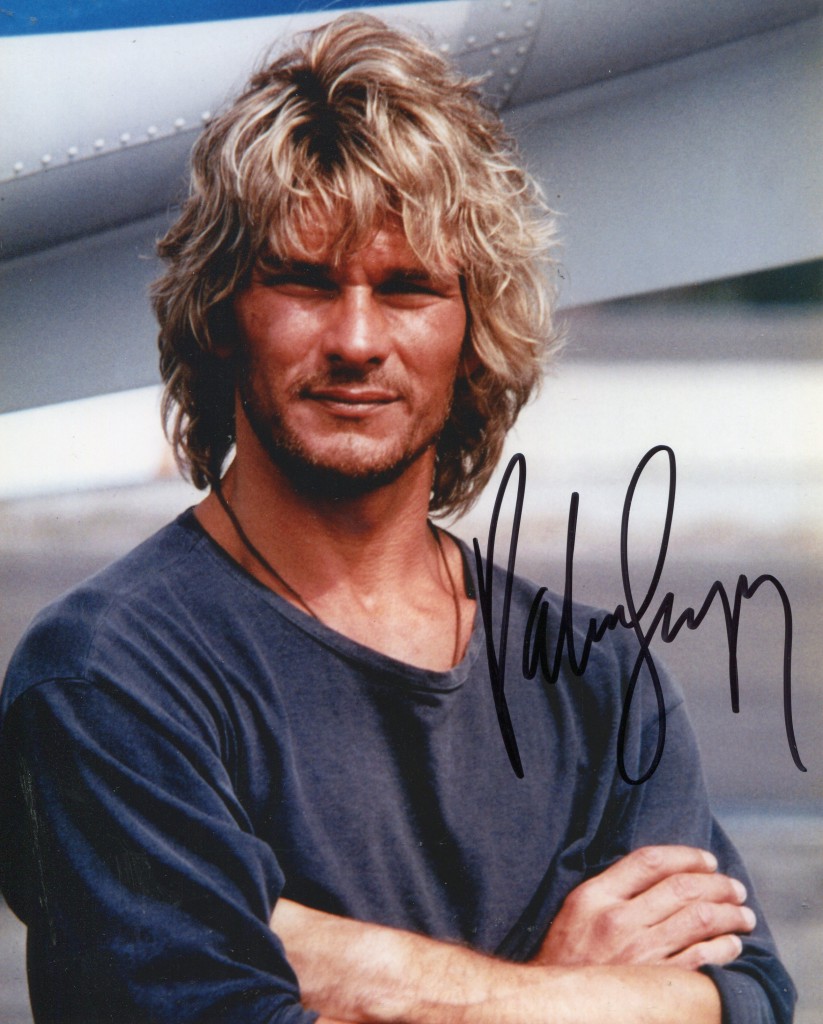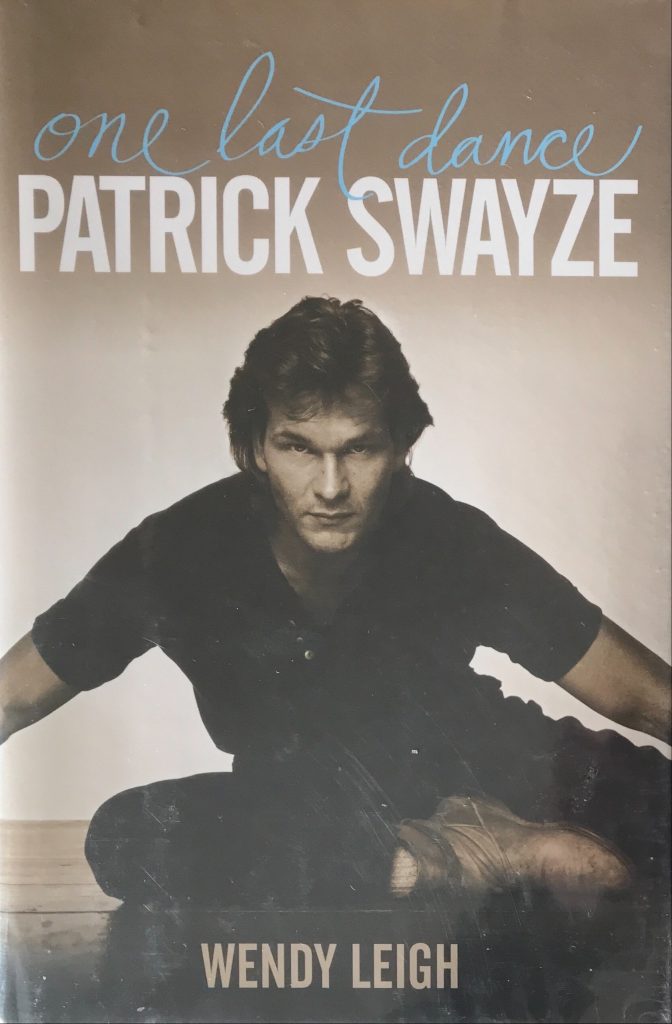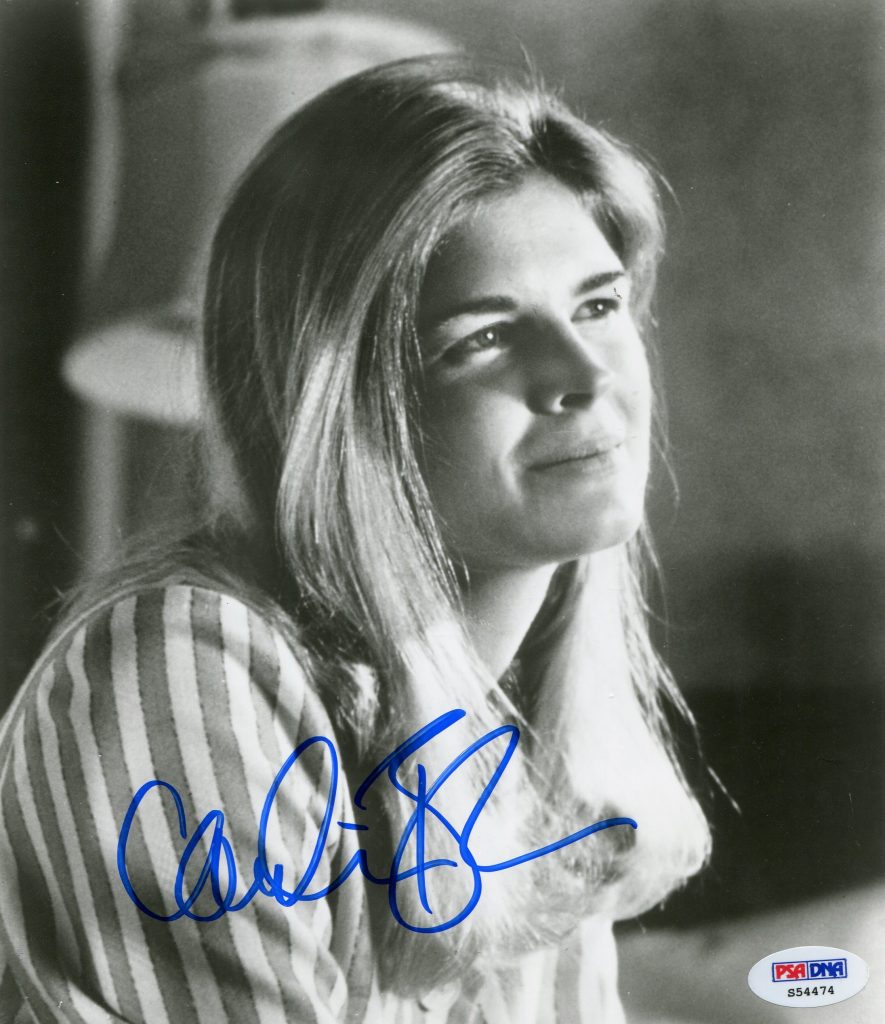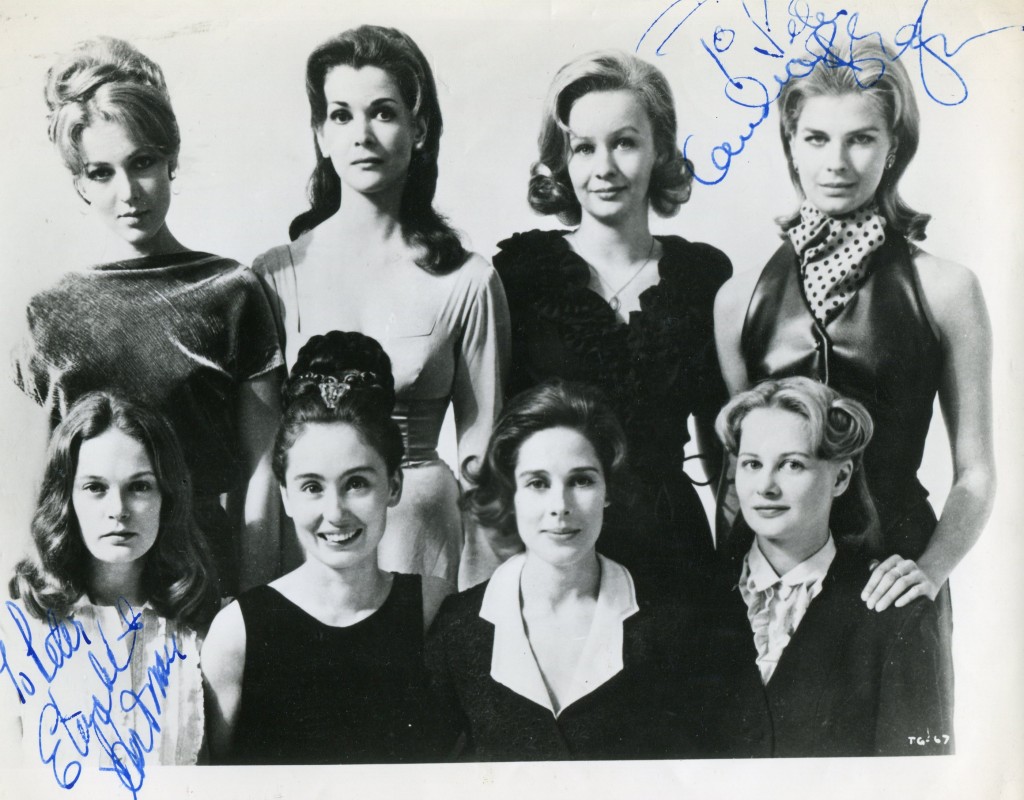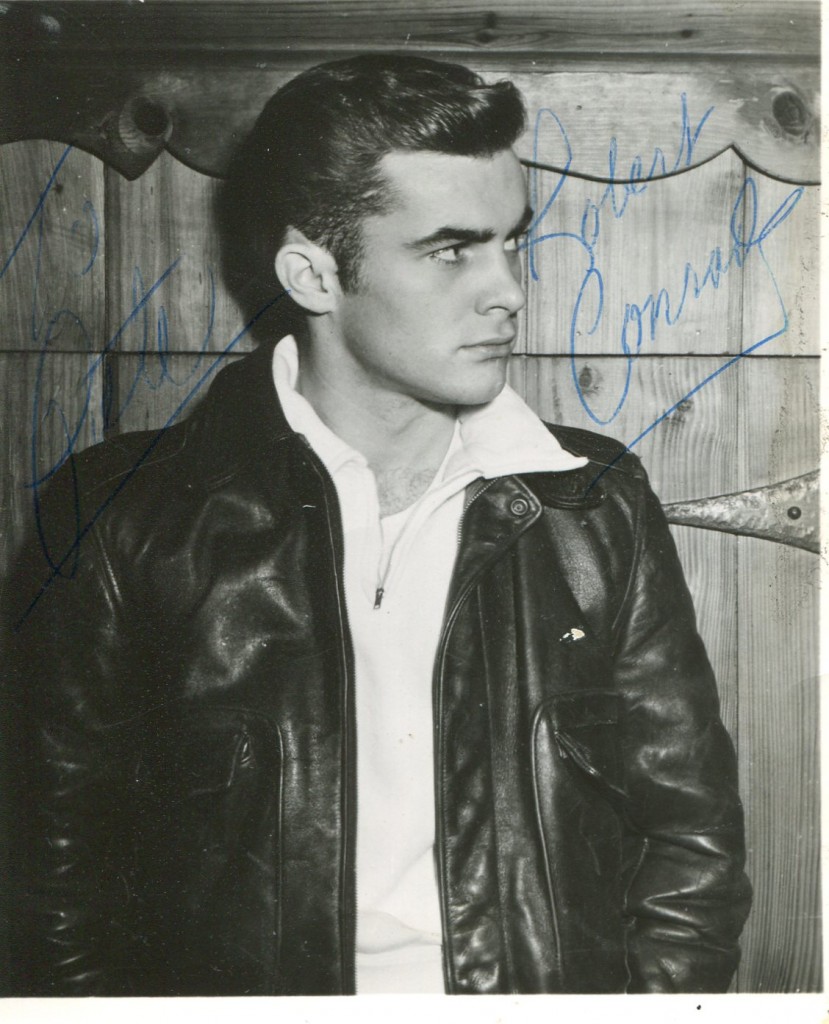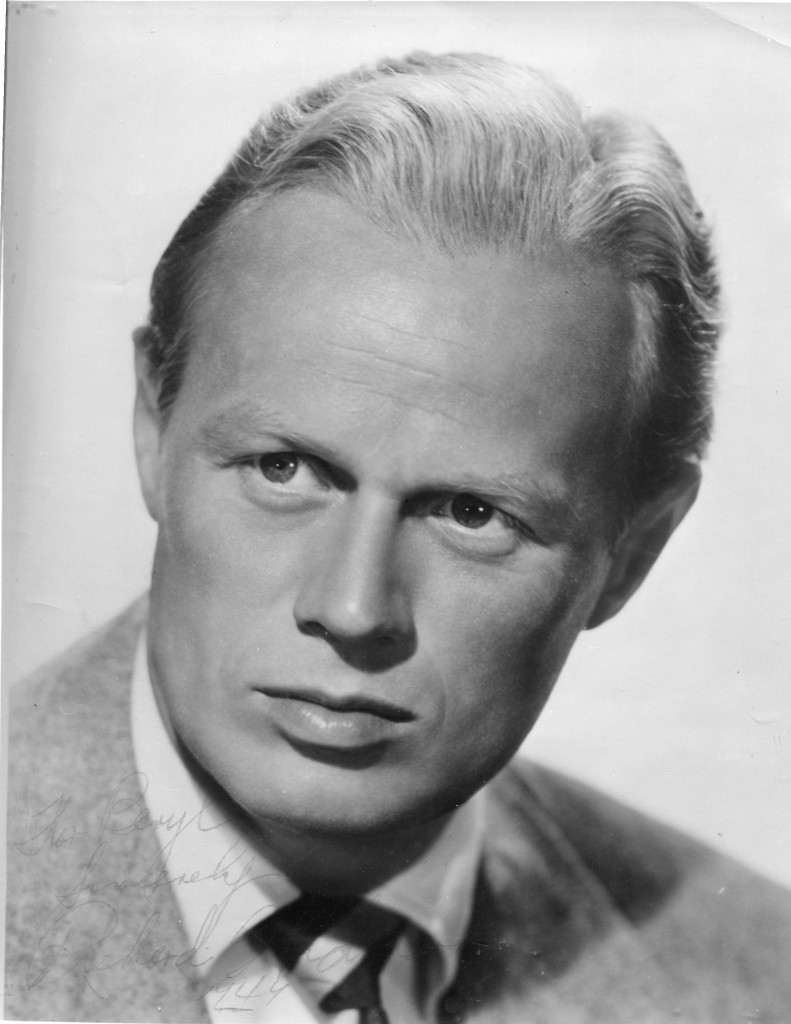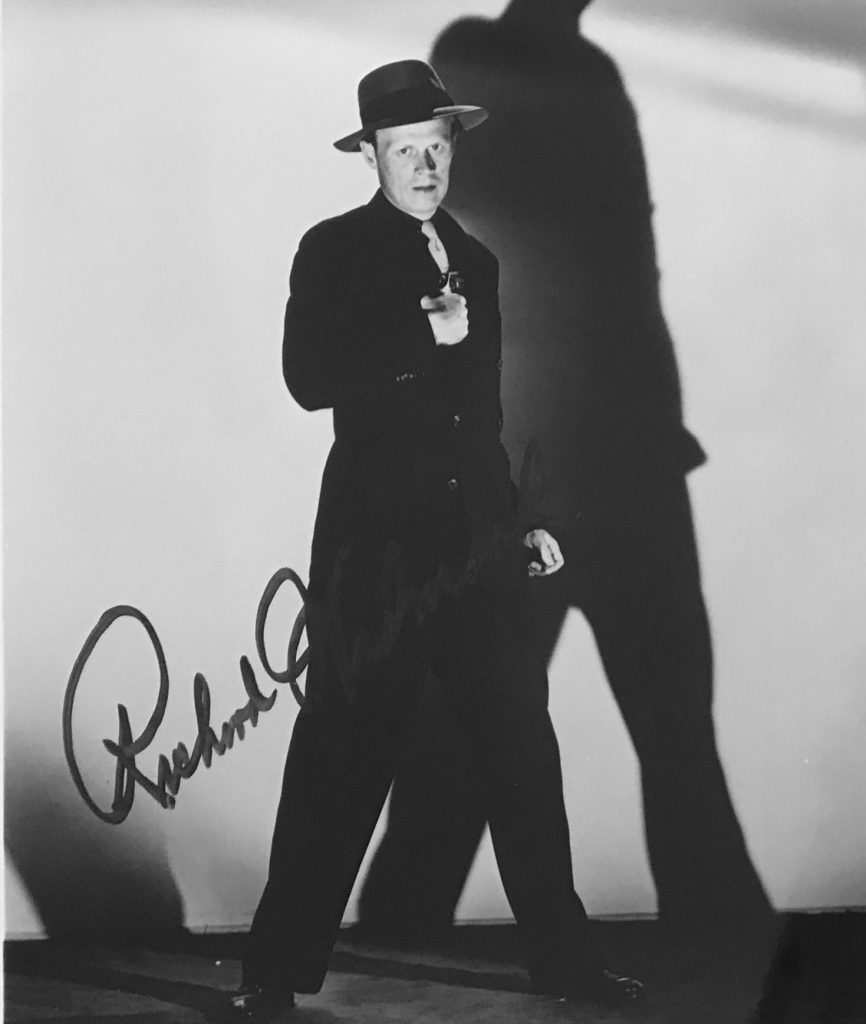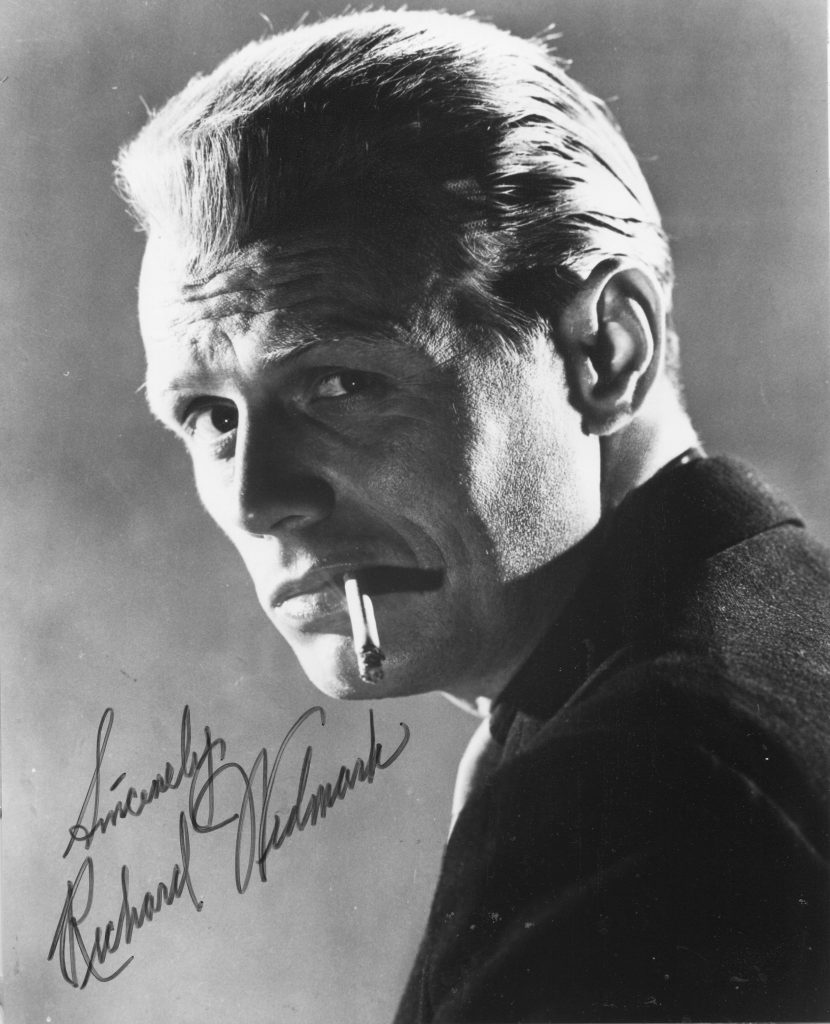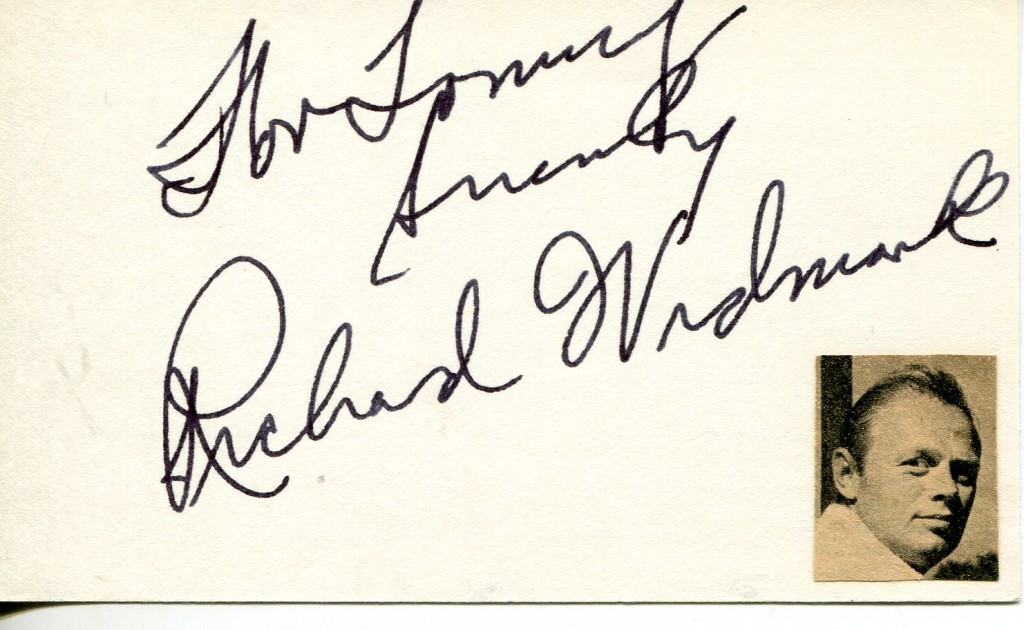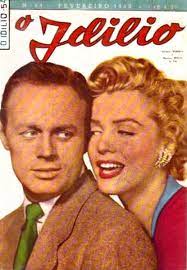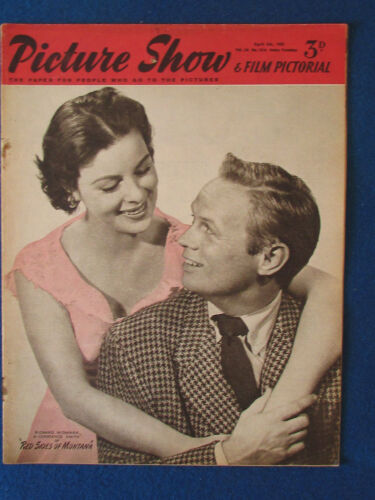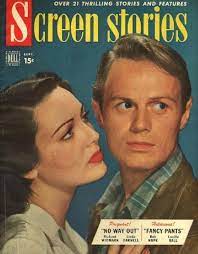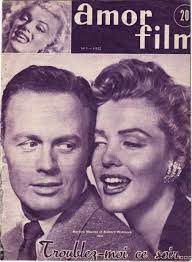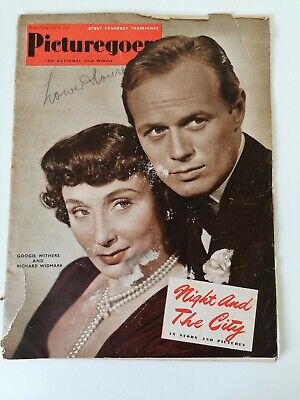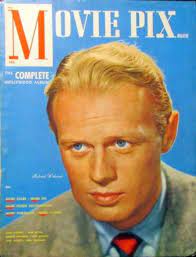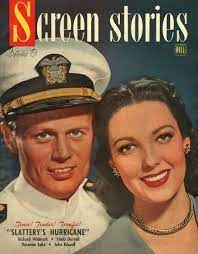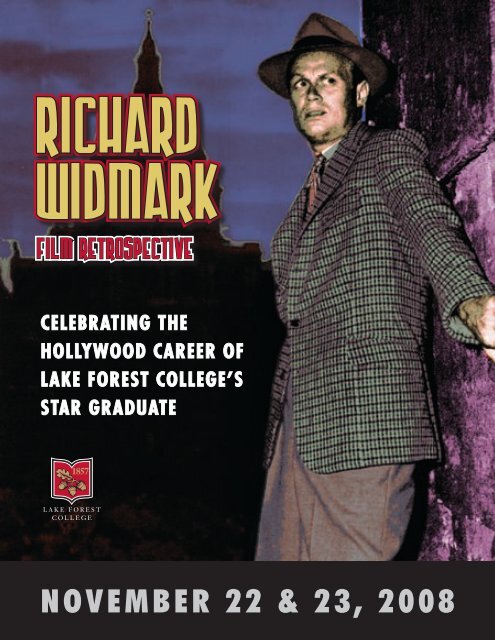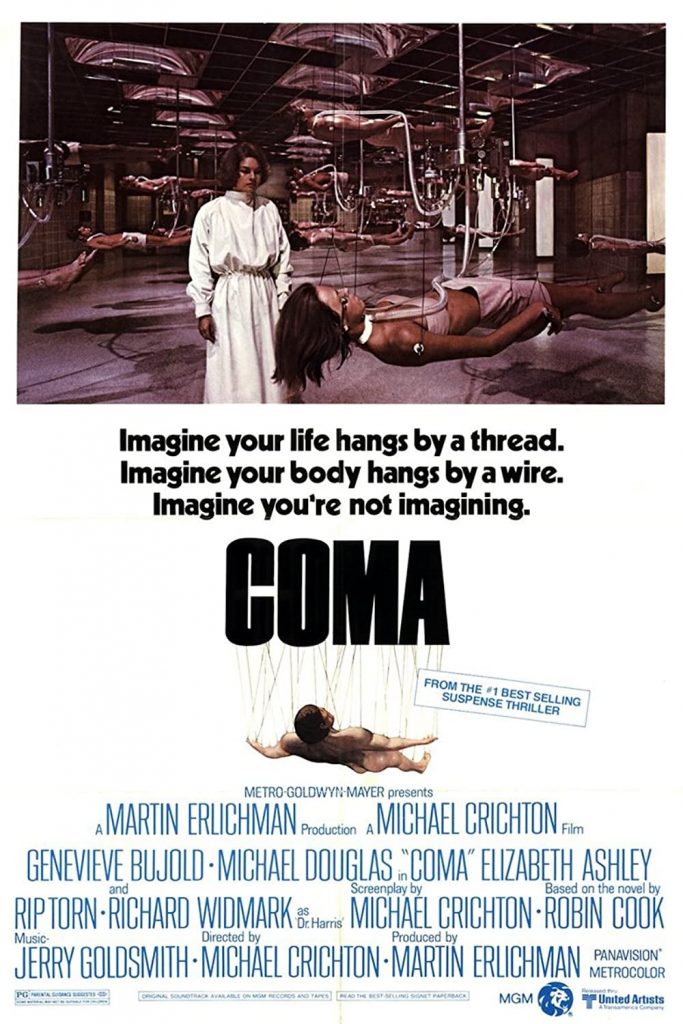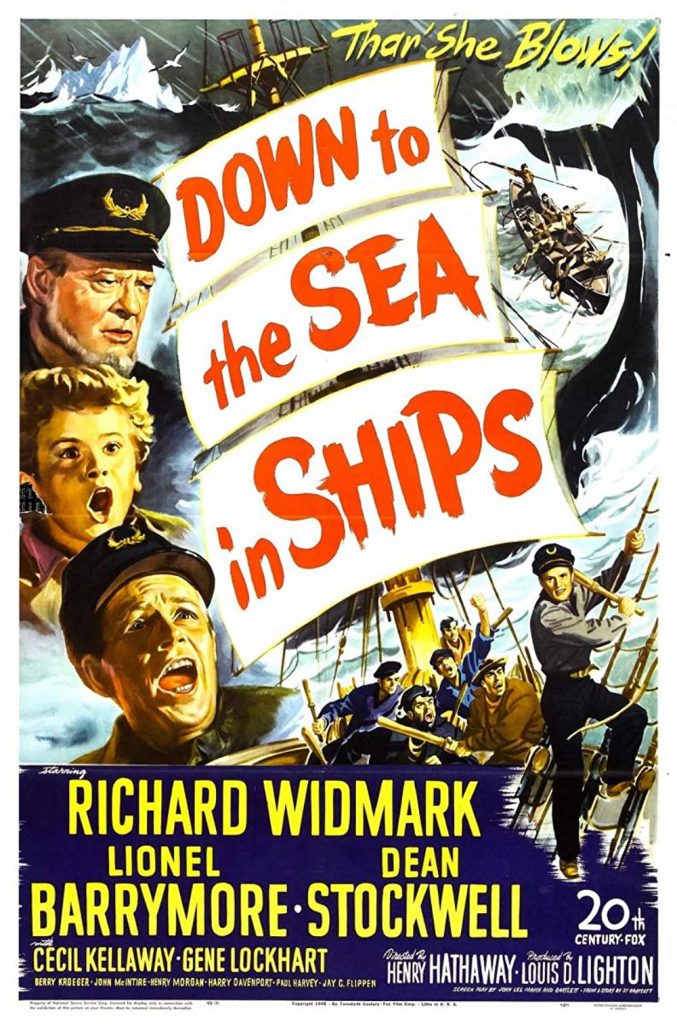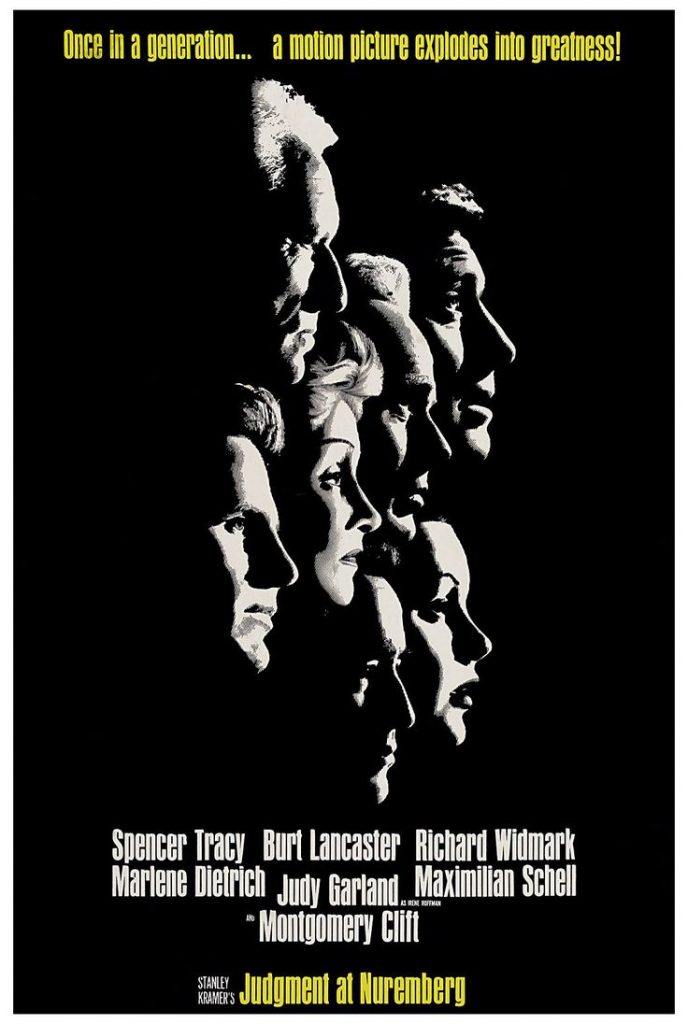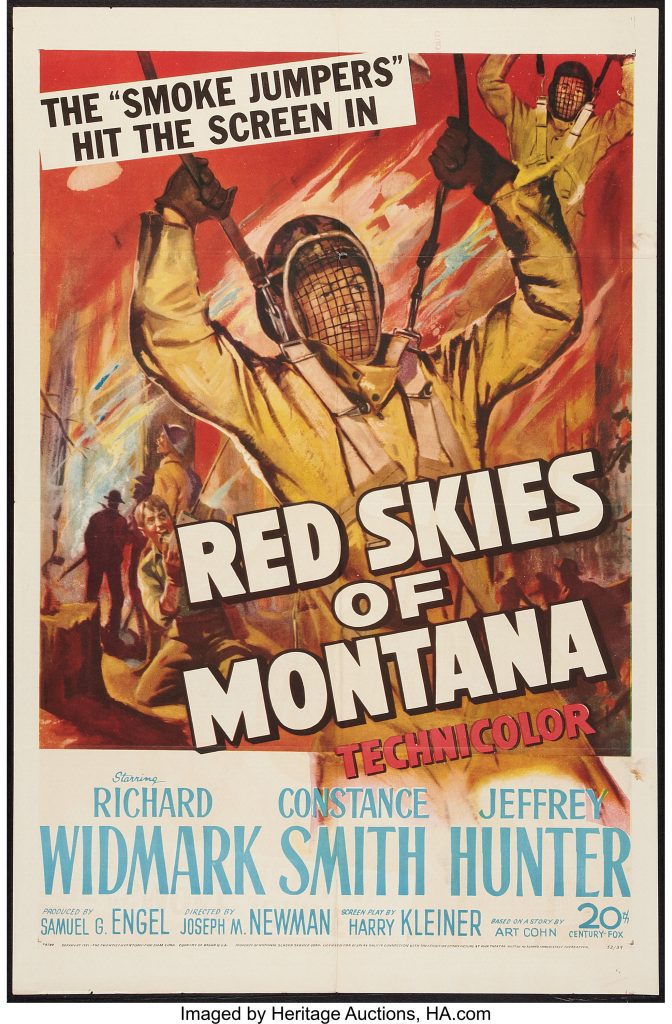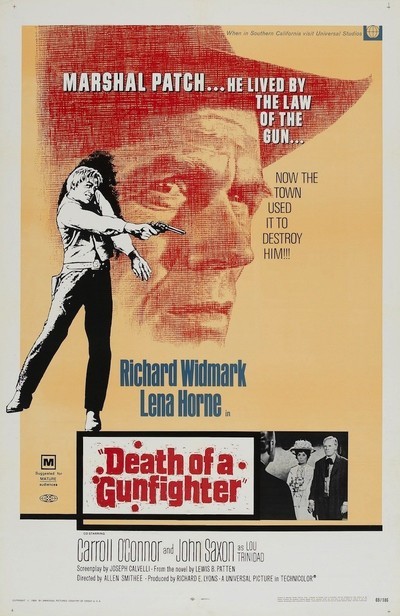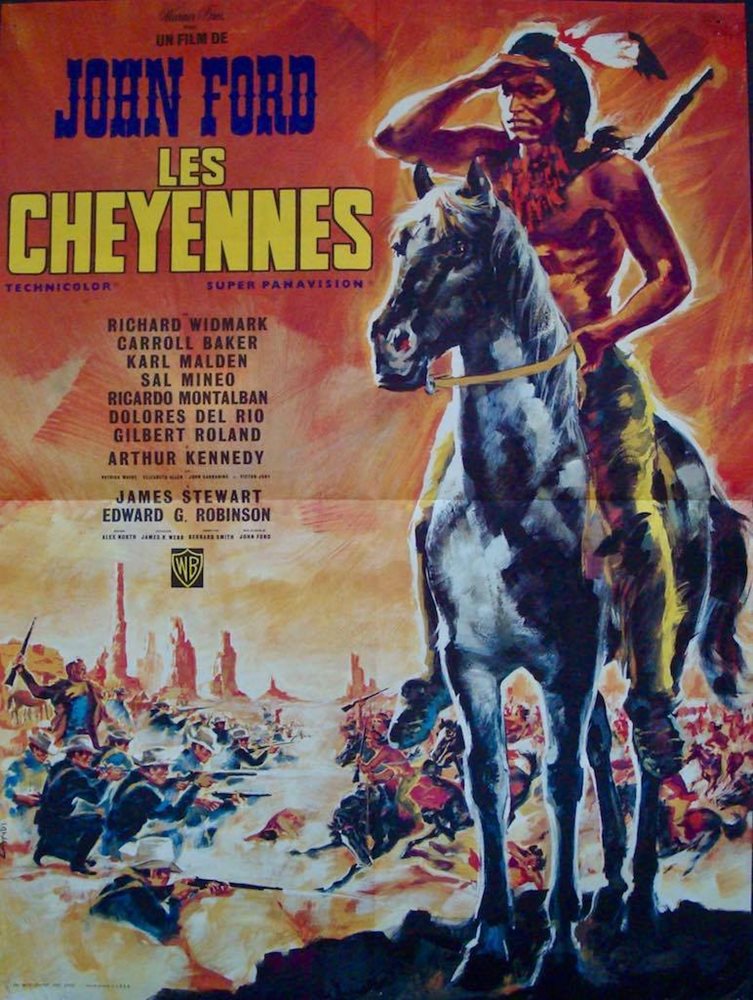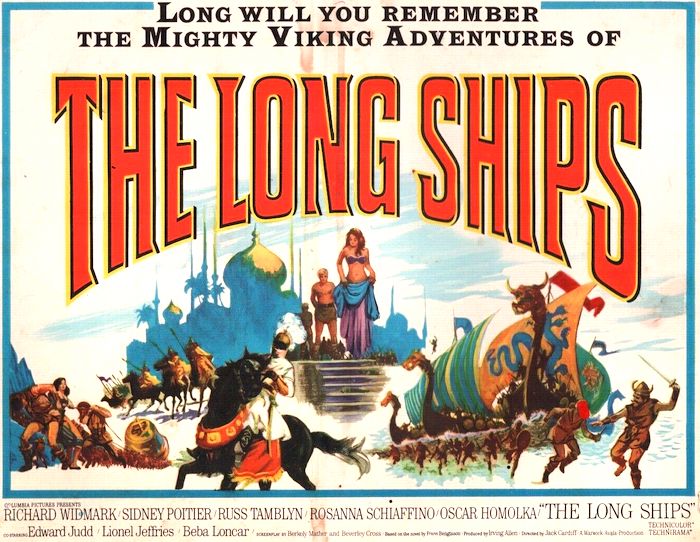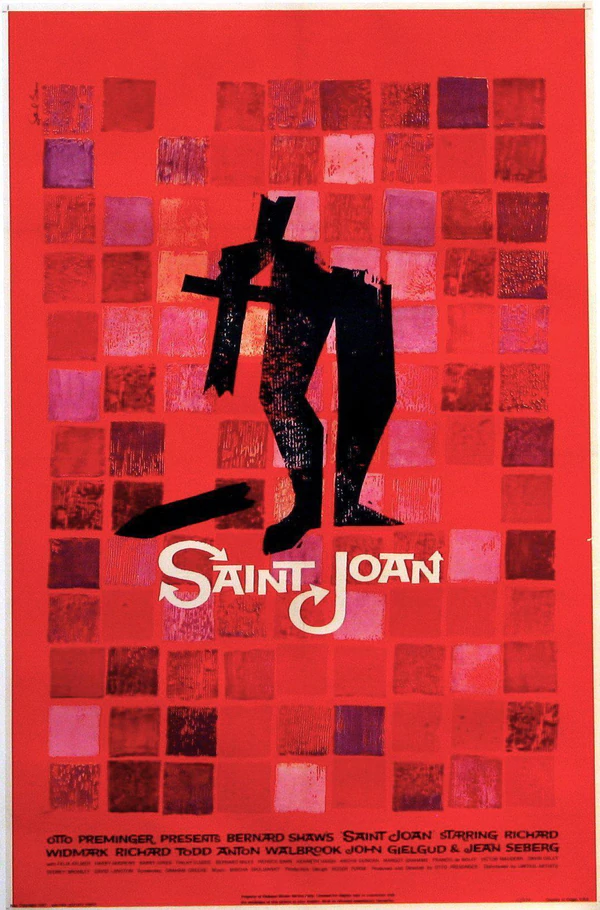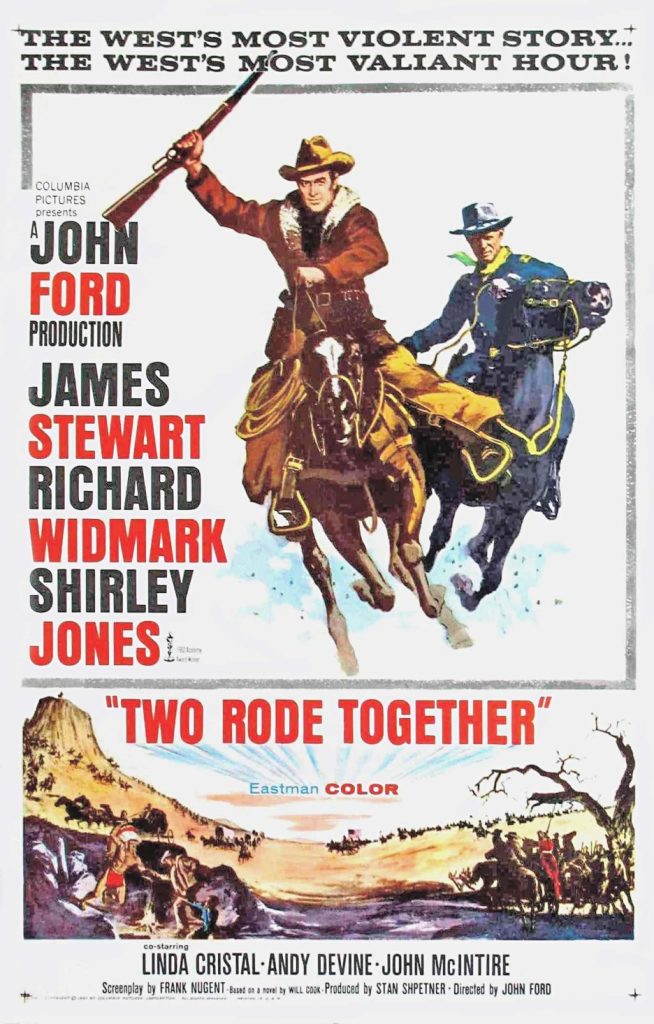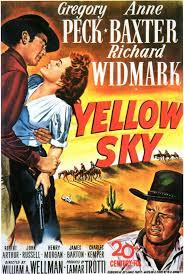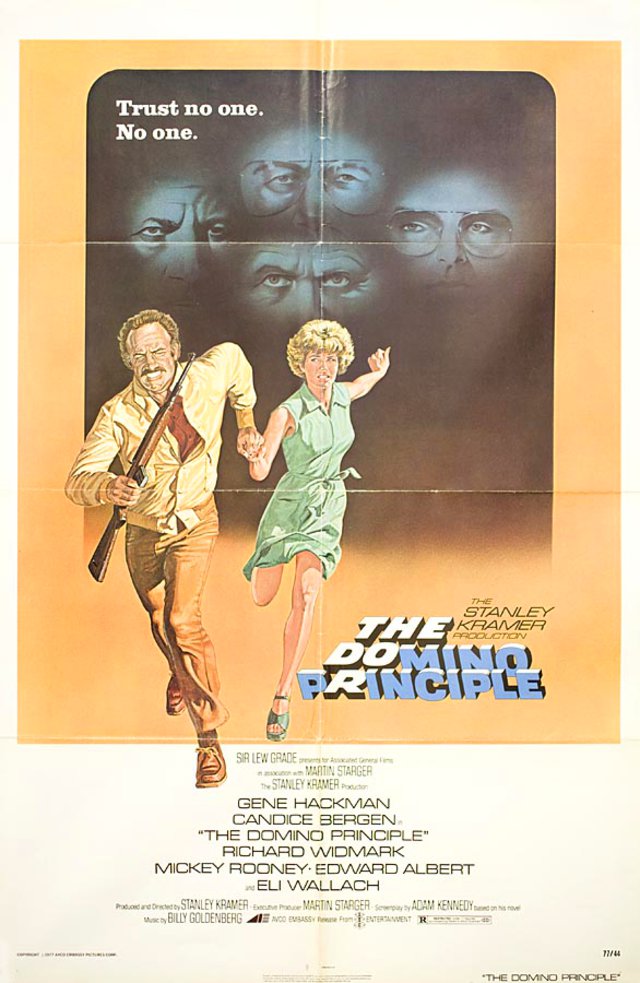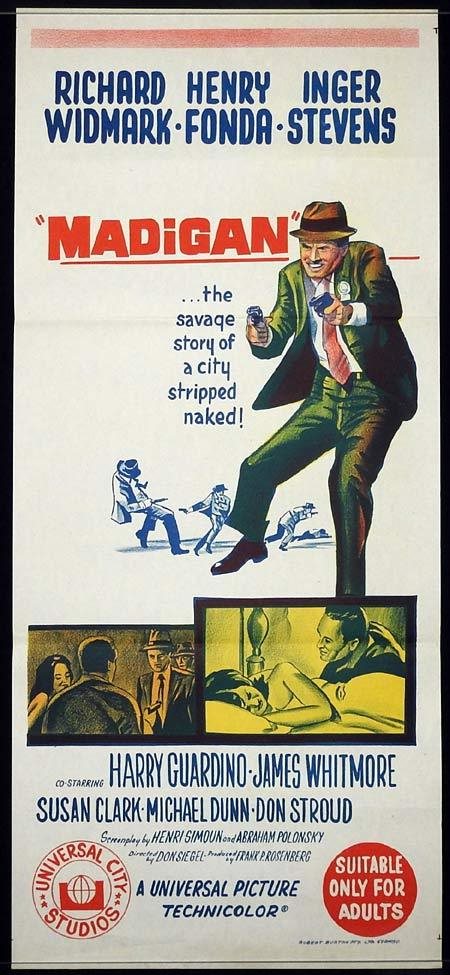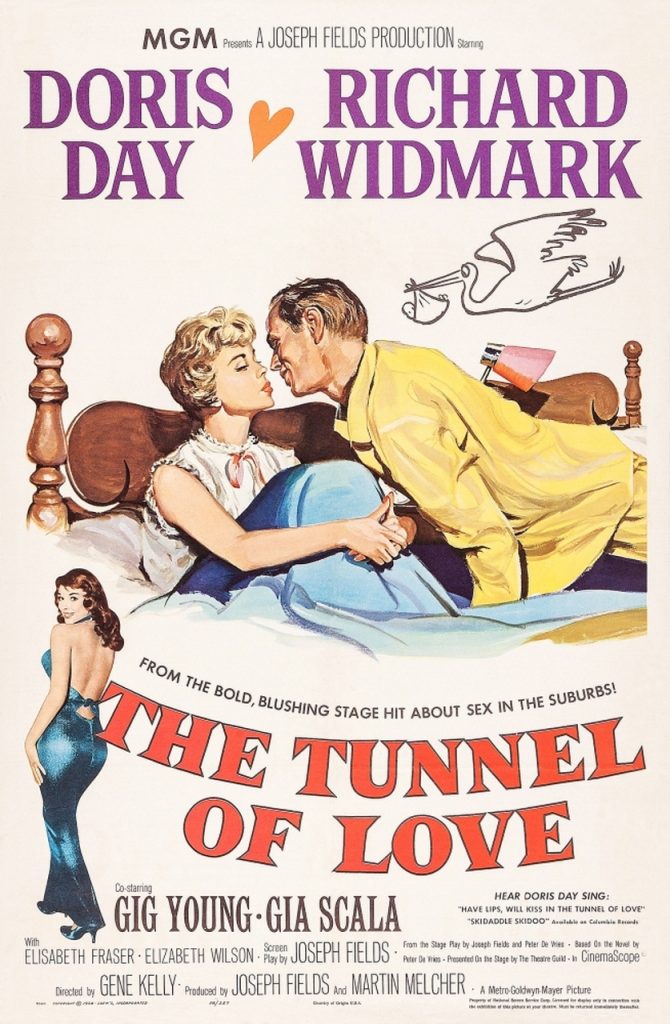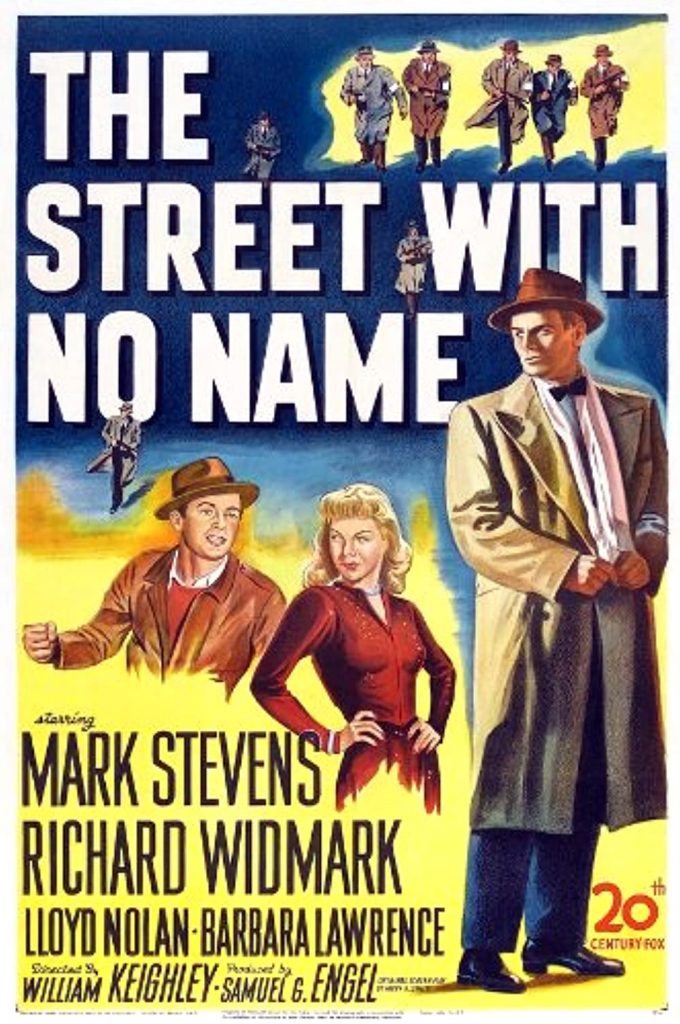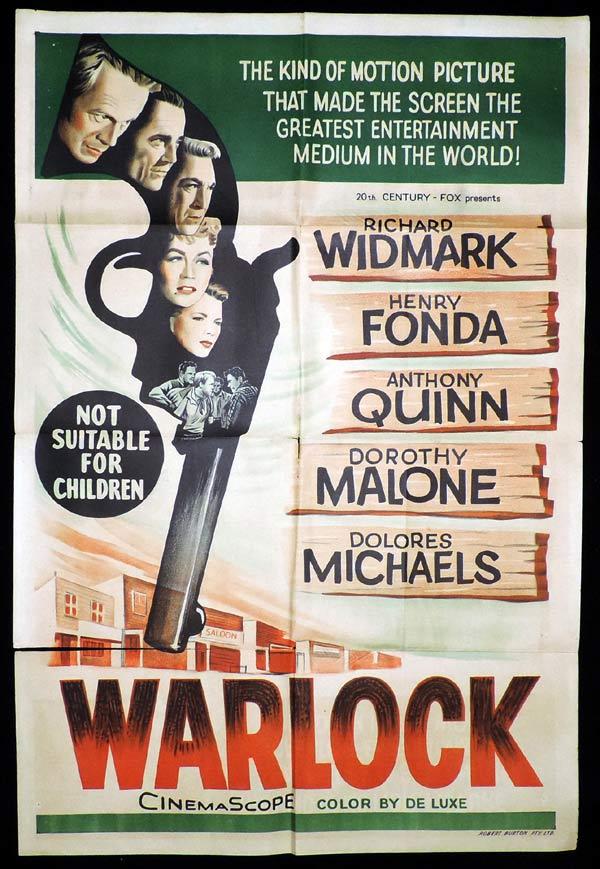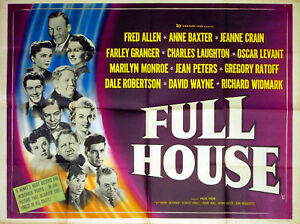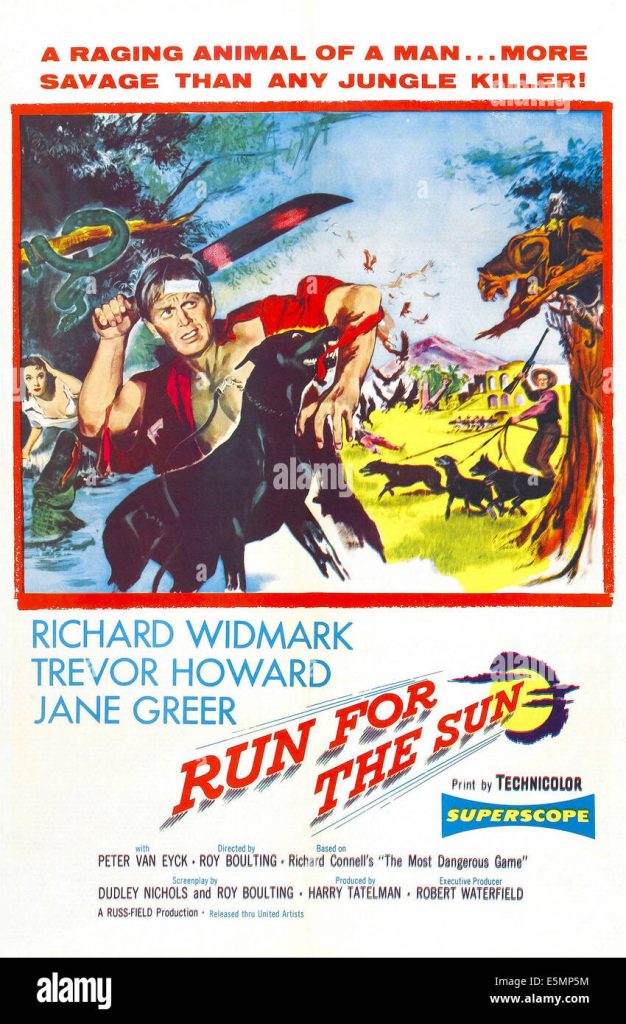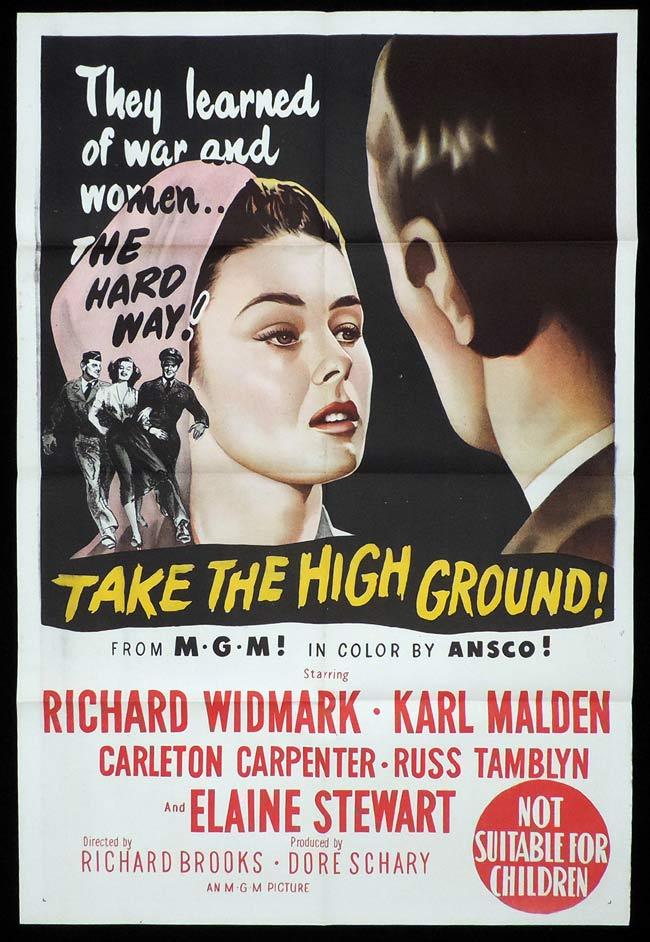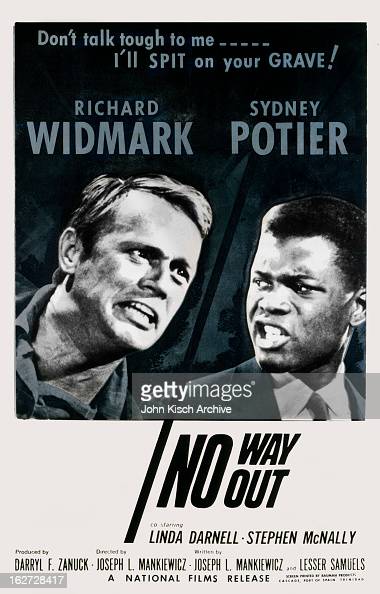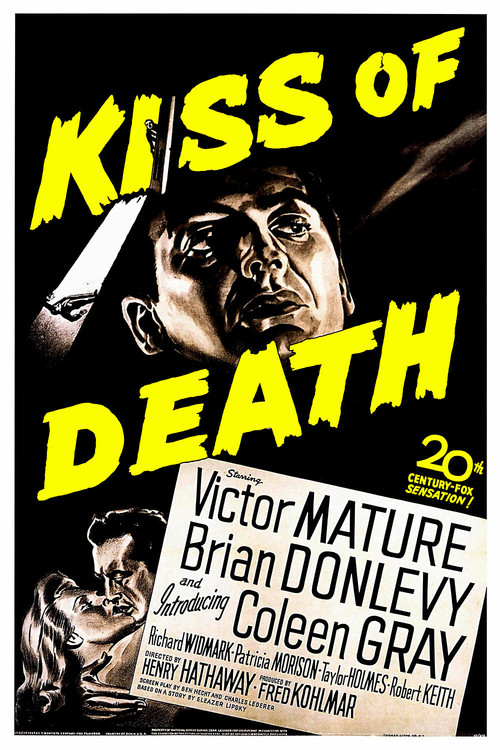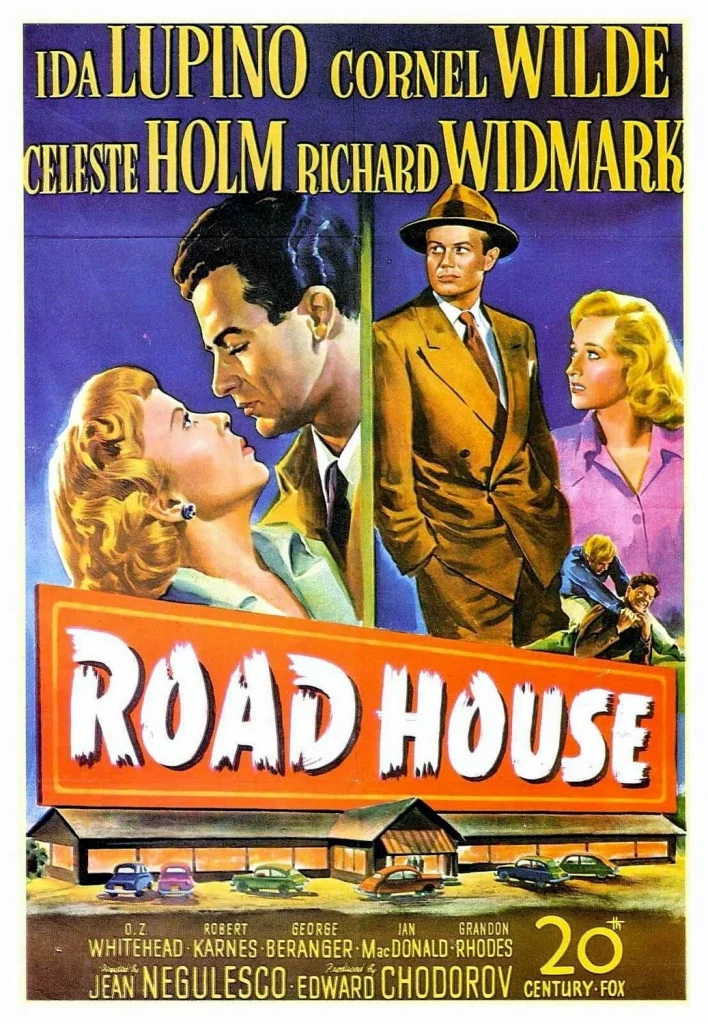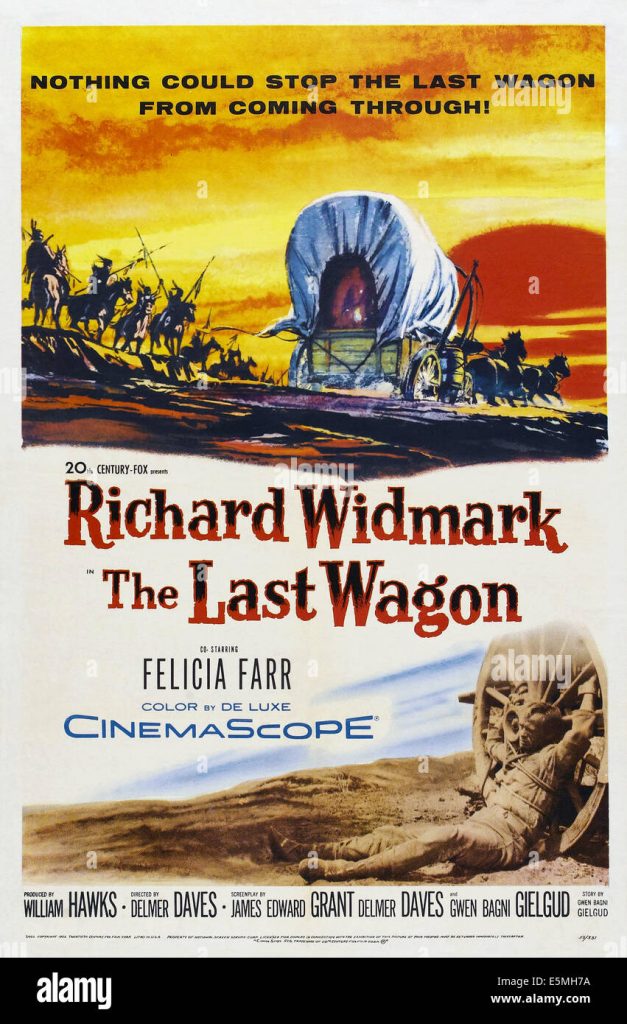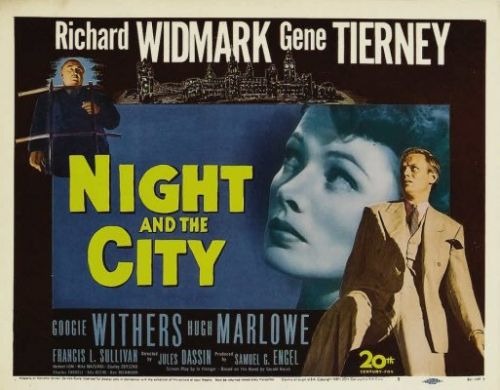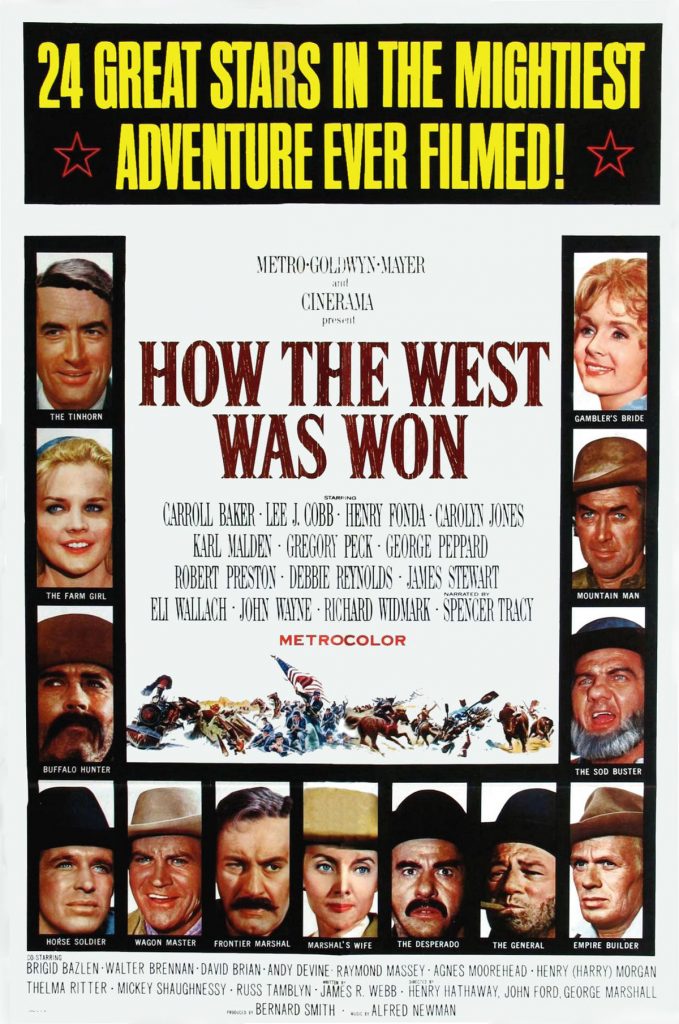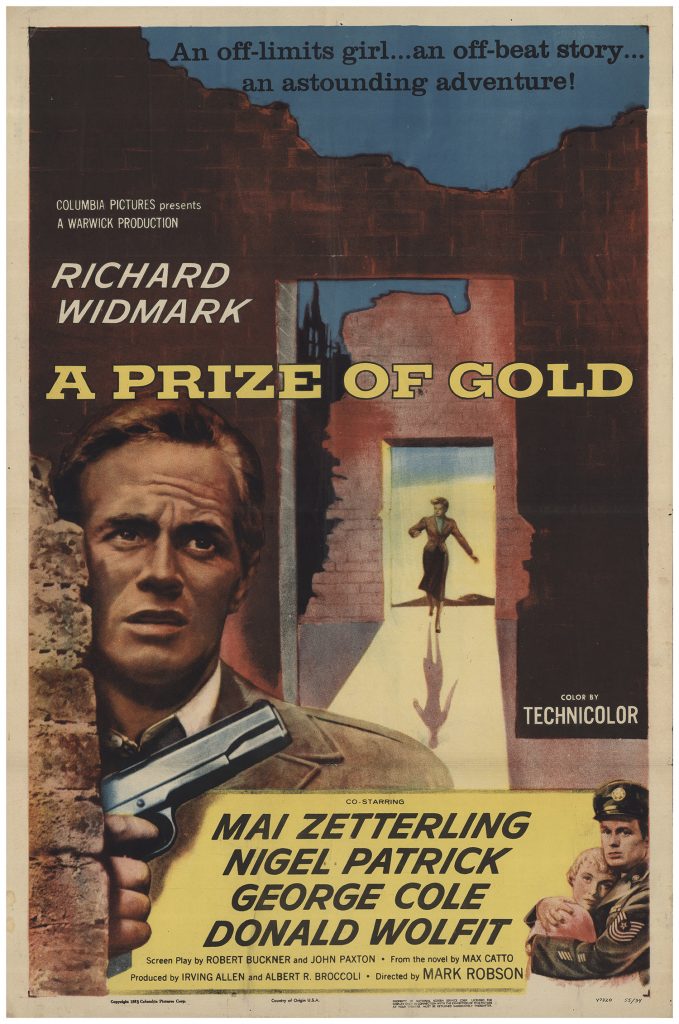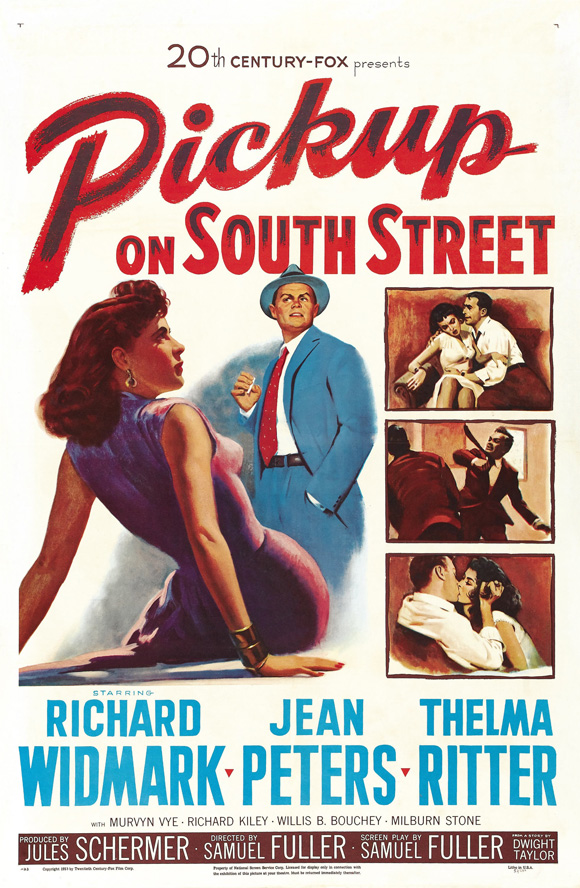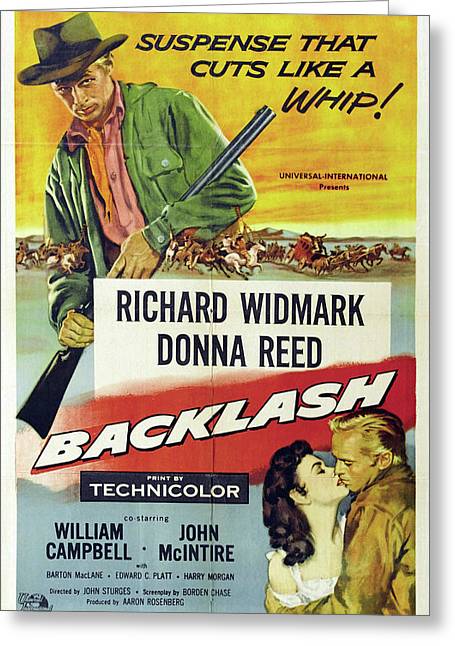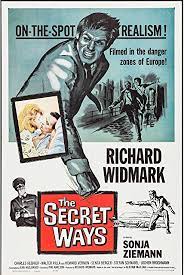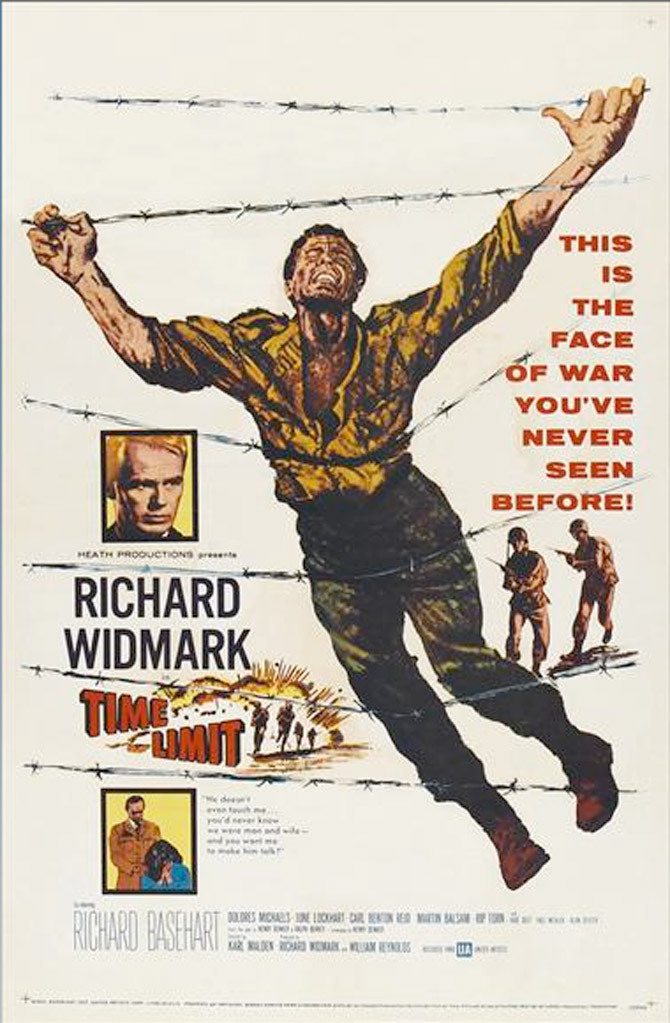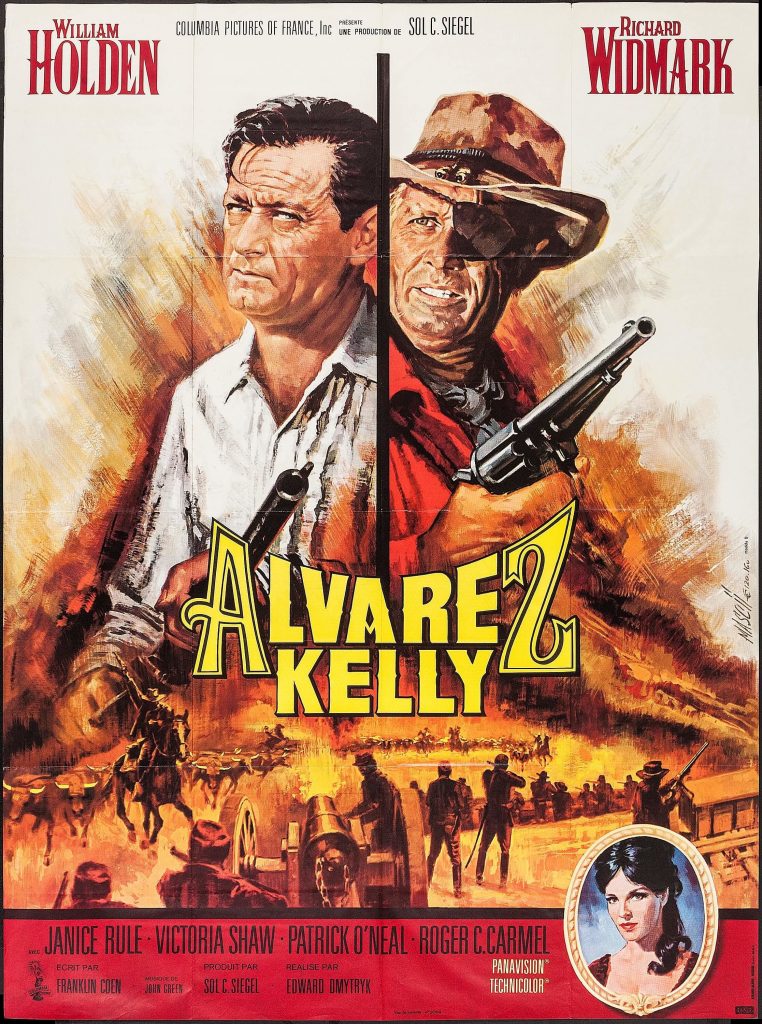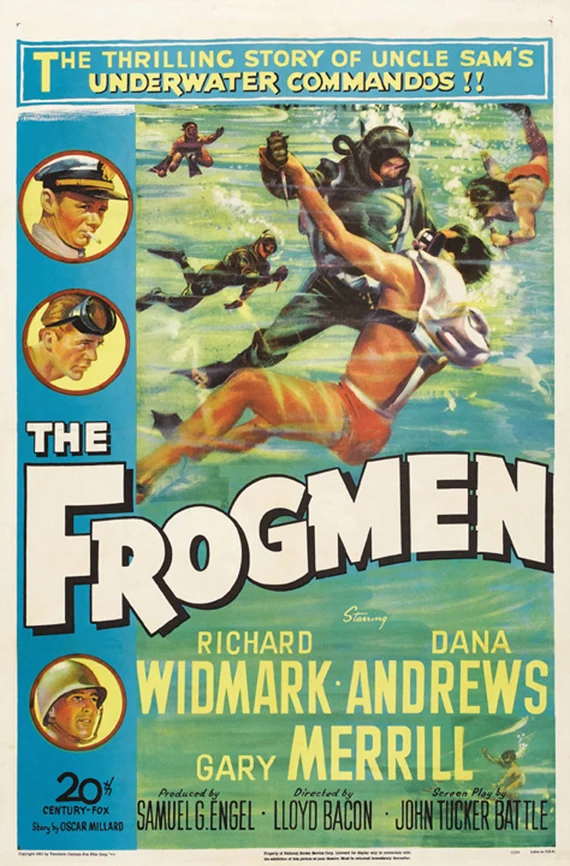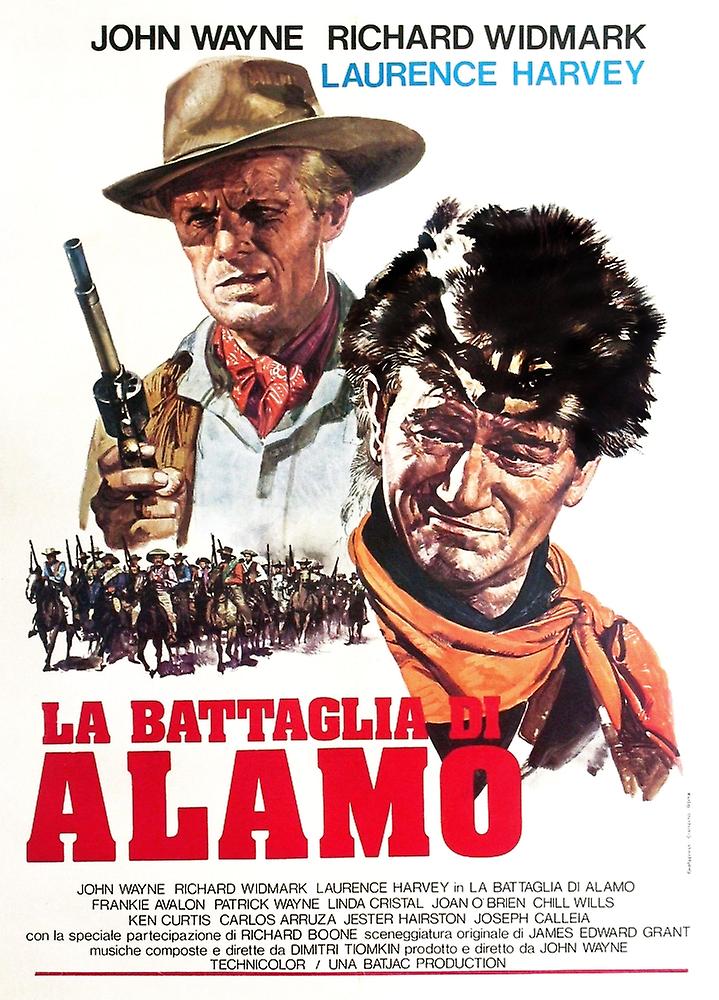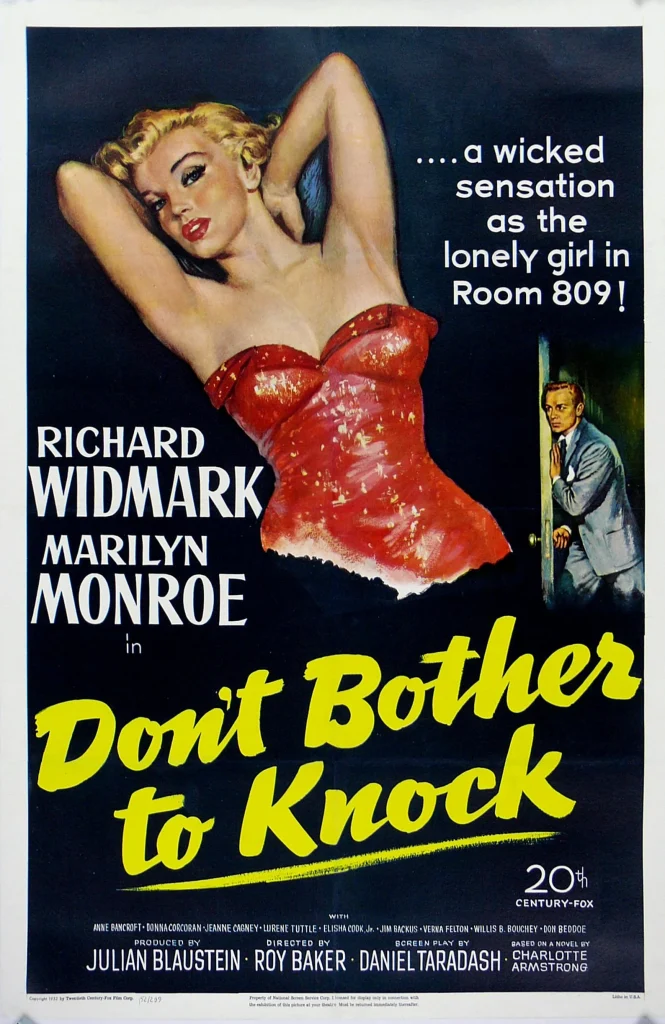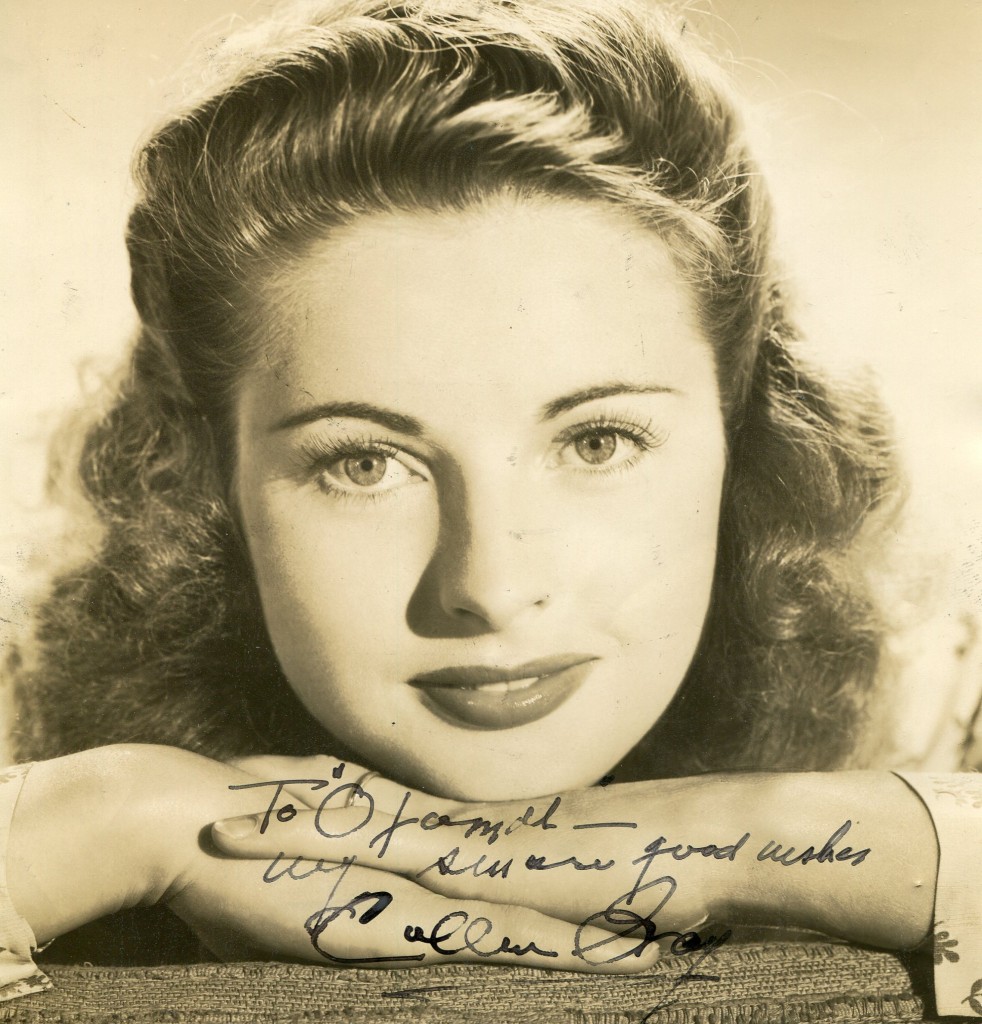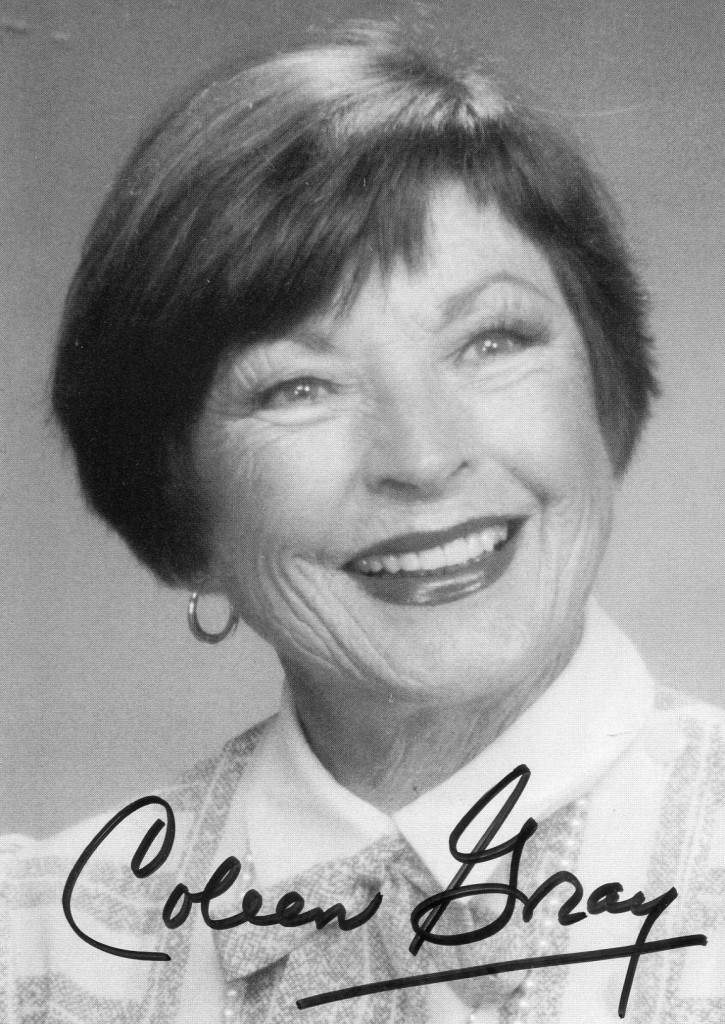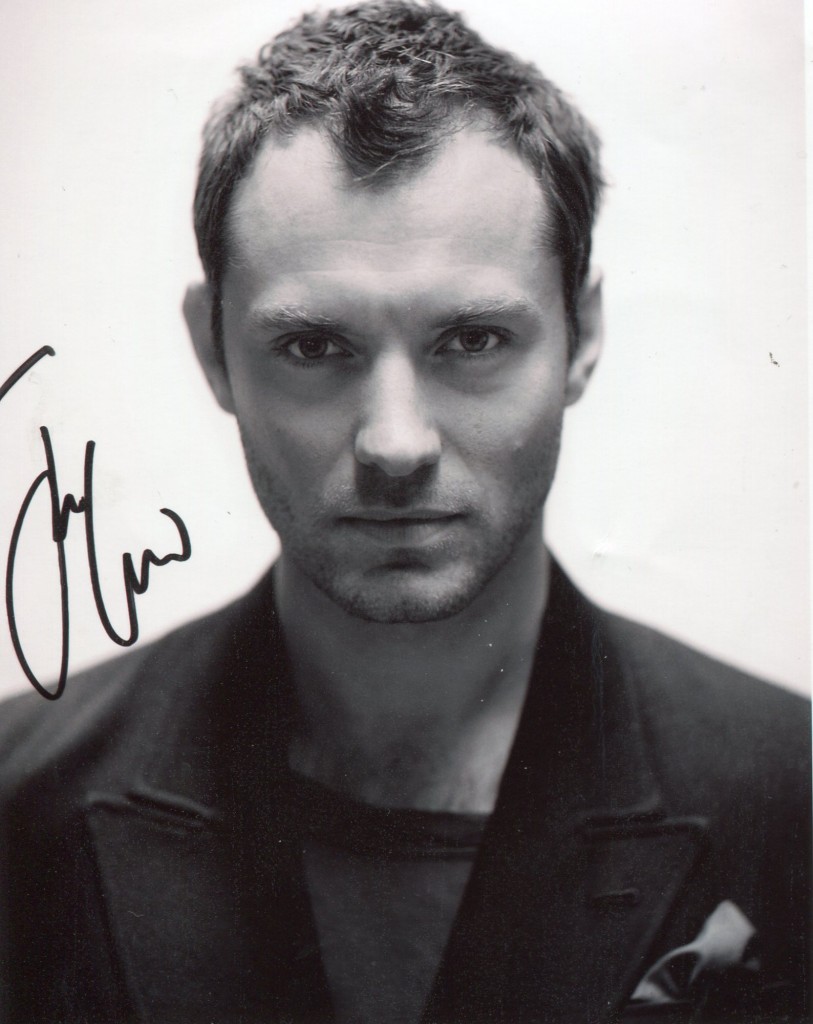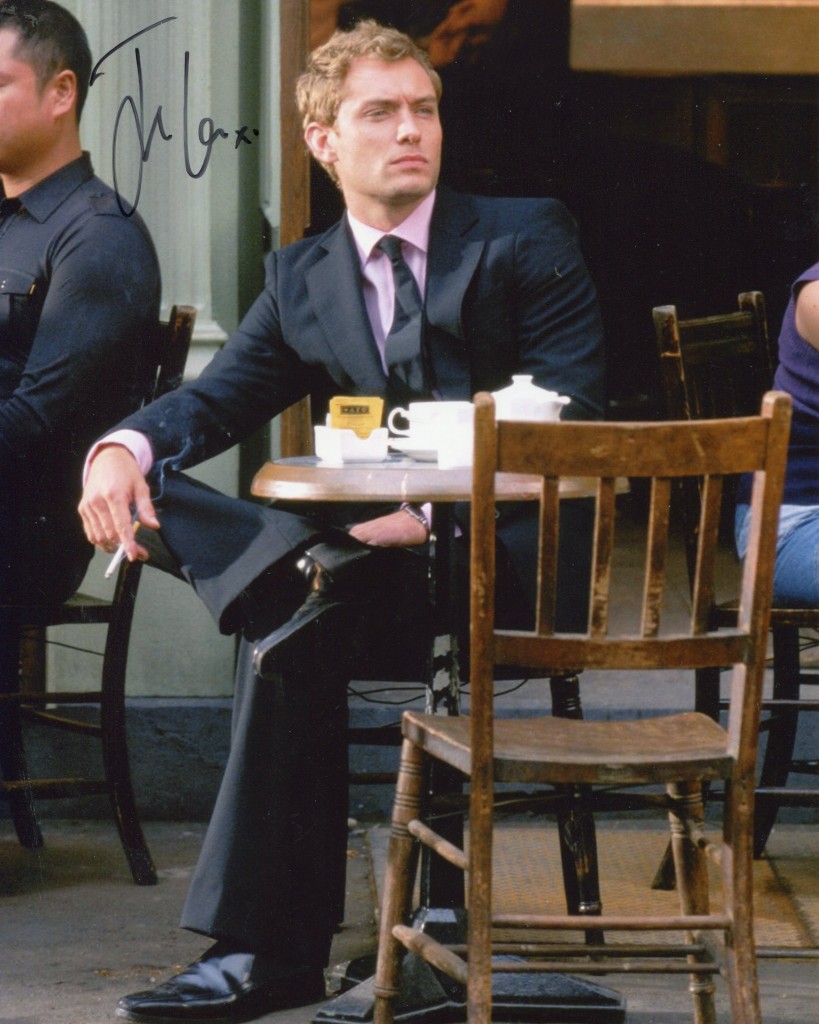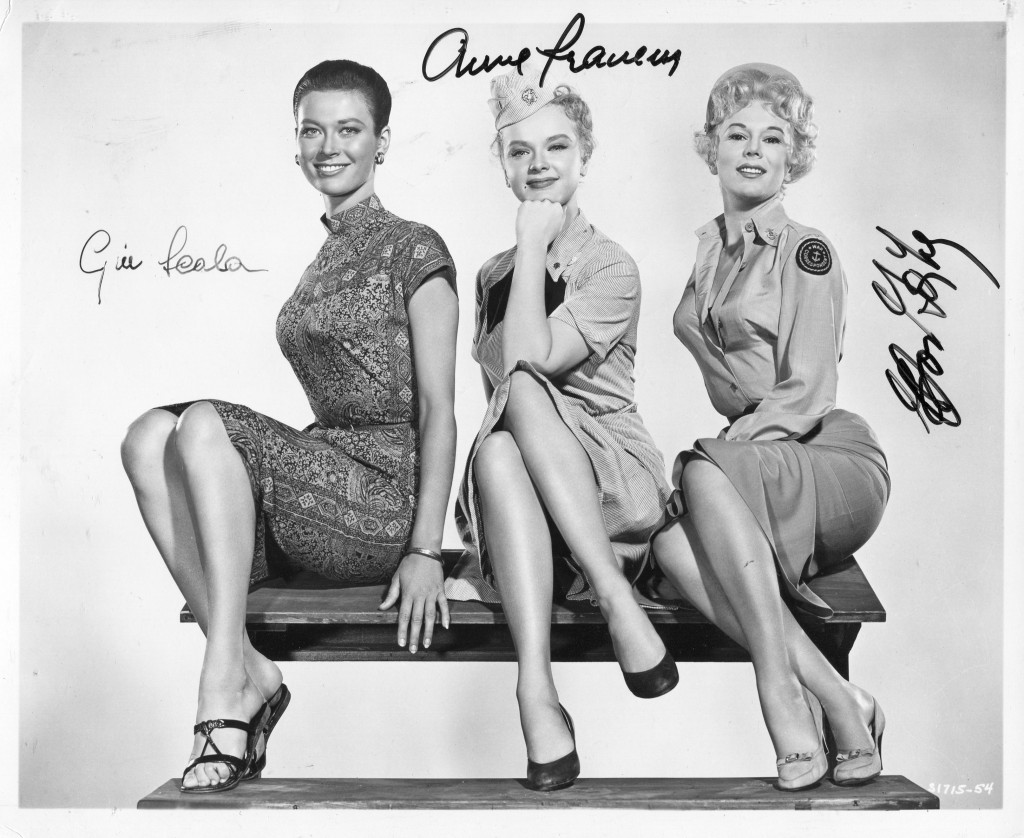
“”Duffy’ was a particularly tiresome film about two English boys who plan to rob their millionaire father of his fortune. It was all cross and double-cross , set in one of the new Mediterranean fun-spots, Tangier, with every modish device available to it’s creators – pop-art, pop-music,pop-art photography, Susannah York and a new superstar James Coburn. Coburn played a con-man who helps the boys, a carefree, grinning, stubbornly heterosexual, lone Belmondoesque American and the film because it had no higher inspiration, kept him as firmly at the centre as anything that Theda Bara ever made. He was decidedly not tiresome” in David Shipman’s “The Great Movie Stars” (1972).
James Coburn was a terrific character actor in the early 1960’s who suddenly became a star with “Our Man Flint ” in 1966. Before that he had supported Yul Brynner in “The Magnificent Seven” in 1960, James Garner in “The Americanisation of Emily” and Steve McQueen and Garner again in “The Great Escape”. He won an Oscar for his performance in “Afflication”. He died in 2002 at the age of 74.
Veronica Horwell’s “Guardian” obituary:
One scene in John Sturges’s film The Magnificent Seven (1960) plugs directly into the power of its source, The Seven Samurai: the entrance of James Coburn, who has died aged 74, as Britt, “the best with gun and knife”.
He does little, unfolding himself like his own jackknife from post-cattle-drive repose to answer an unsought challenge to a duel, and shouldering his saddle to move on after winning effortlessly. He says less, just “You lost” and “Call it” – Coburn made the word laconic sound gabby. And yet he is the complete American samurai: “Acting,” he said decades later, “comes between the words – ego stops you telling the truth.”
Unsurprisingly, Coburn had seen the original Kurosawa film 15 times while studying acting with Stella Adler in New York. Surprisingly, he got the part he coveted, as the master swordsman, after meeting the already-cast Robert Vaughn in the street not long before shooting began. Coburn was persistent and available, unlike veteran character options.
He had been around the prairie a few times by then. He came from a farm in Laurel, Nebraska, although the family moved to California during the depression. After studying drama at Los Angeles City College, he alternated between advancing on television as far as the leads in such unconventional and shortlived series as Klondike, and Acapulco (both 1960), and supporting in films, debuting in the 1958 Budd Boetticher western, Ride Lonesome.
His faint resemblance to Lee Marvin, in naso-labial fold and stage quality bass-baritone voice, brought work as a lean heavy or young character man, notably in Hell Is For Heroes (1962), The Great Escape and Charade (both 1963), and A High Wind In Jamaica (1965).
In the back-up role as an army scout, in Major Dundee (1965) – the start of his buddy relationship with director Sam Peckinpah – Coburn was the strongest presence in the picture. Film lexicographer David Thomson thought that his humour and easy sexiness dated him, made him seem simian, especially with that toothed smile. But around 1965 he was very hot, starring in the Bond-like films Our Man Flint and In Like Flint.
Coburn was a bridge between cool, in the Sinatra swinger sense, and counter-culture cool in Theodore J Flicker’s prescient satire, The President’s Analyst (1968), which was produced by Coburn’s company and became a critical success, prefiguring the Saturday Night Live comedic sensibility.
He missed out on the neurosis that powered post-Jack Nicholson actors, and on the impassivity of Clint Eastwood-style faces – in fact, he did a western for Sergio Leone, A Fistful Of Dyamite (1972), playing an Irish explosives expert, and laughing zestfully all the way through. He was the right man for Peckinpah, for whom he did the most impressive work of his life as the sheriff in Pat Garrett And Billy The Kid (1973).
Then, on the eastern front, he exhibited that ferocious grin, as the Wehrmacht corporal drawling “I hate all officers” in Cross Of Iron (1977), which he also co-scripted. The following year, Peckinpah trusted him sufficiently to let him direct the second unit on the roadie movie, Convoy.
Coburn made the newer fellers look stiff and naff, but the post-1975 market was massive for naff. He was too late the hero. Most stars did not have to maintain the cash flow that he did, by playing the private detective in a television version of The Dain Curse – a ringer for its author Dashiell Hammett – or striding into the saloon bar in Schlitz Lite commercials.
The critic Pauline Kael once suggested that Coburn looked like the child of the liaison between Lieutenant Pinkerton and Madame Butterfly, and he took Zen Buddhism seriously, moving deep into meditation and oriental art. Japan acknowledged his honorary samurai qualities; he was so approved a masculine presence that he became an icon for its leading cigarette brand, and funded his old age by exporting rare cars there.
At 50, at the beginning of years of rheumatoid arthritic pain – which he overcame, although it crippled him – Coburn settled for occasional cameo roles in the John Huston mode – all big cigar, chuckle and thumbs, always giving the screen a lift, if a mite hammy indoors in a suit (he lopes off with bits of Robert Altman’s The Player, 1992, and the 1994 Mel Gibson vehicle, Maverick). Who he might have been, unfolded in all his angry power, was finally seen in Paul Schrader’s Affliction (1997), where the director wanted him as Nick Nolte’s abusive father because he was “large physically” – 6ft 3in – “and represented another generation of Hollywood manhood. You’re frightened for Nolte!”
“I finally got one right,” said Coburn, collecting his Oscar for best supporting actor in 1999, for the Affliction performance. But the expected offers didn’t come, except to play more nasty bastards. He wasn’t bitter; he was fit and still hoping, right up until he died of a heart attack listening to music at home with his second wife, Paula.
His first marriage, to Beverly Kelly, ended in a spectacularly expensive divorce; they had a son and a daughter.
· James Coburn, actor, born August 31 1928; died November 19 2002
The above “Guardian” obituary can also be accessed also online here.

